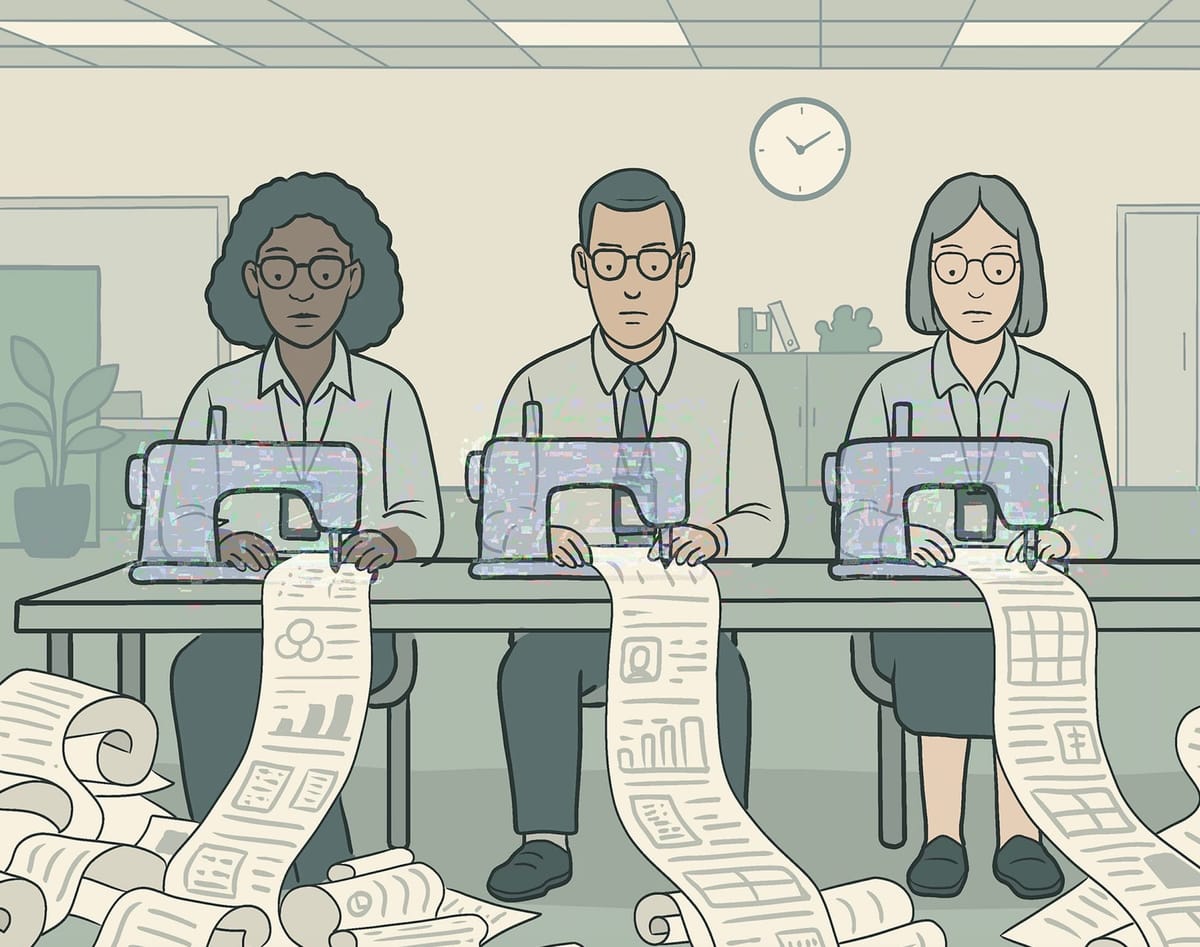"IT teams are understaffed and underwater": Will automation rescue them?
"It’s not just the workload, it’s the pressure to deliver more with fewer resources while finding time to keep skills sharp in a changing field."

IT has typically been seen as the team that keeps the lights on - fixing tech issues, managing devices, and responding to endless help desk tickets. But that’s changing fast.
Organisations recognise the vital importance of digital strategies in customer and employee experiences, streamlining operations, and delivering ROI.
IT teams and CIOs now support the full digital experience for the end user (whether that be within their organisation or a wider client base). This means supporting a diverse range of devices, which employees must be able to access and operate around the clock. IT professionals will need to develop their understanding of automation to tackle these challenges.
You can’t level up when you’re firefighting
Today’s workforce demands device flexibility. Giving every end-user a fast, seamless and reliable digital experience, no matter what device they’re using or where, is not just vital for an organisation’s efficiency, it is also crucial for employee engagement and retention.
But the truth is, this is a massive task and IT teams are already understaffed and underwater, juggling a growing list of devices (Windows, macOS, Android, iOS, you name it), handling critical patches, supporting remote workers, and fending off security threats, all while being expected to innovate.
A recent survey found that 73% of IT professionals experienced work-related stress or burnout. It’s not just the workload, it’s the pressure to deliver more with fewer resources, while also finding time to keep their skills sharp in a rapidly changing field.
The upside? Automation can help IT teams to work smarter, not harder and give employees the breathing room they need to focus on high-impact work. It allows them to be more selective about the tasks they spend their time on and provides them with new opportunities to lead, showcase their impact on the business, and grow professionally.
Harnessing AI and automation
Those who understand how to safely and effectively apply AI to automate routine tasks are best positioned to deliver significant time savings and cost reductions.
To identify opportunities where automation is likely to make the most impact, IT teams should ask themselves:
- Where do you spend most of your time? Installing patches, diagnosing errors, backing up systems? Could these tasks be offloaded or accelerated through automation? Even 5 – 10% in time savings per day can result in greater efficiencies and boost productivity.
- Which time-consuming, manual, and rules-based tasks could be quickly automated? Applying AI to these use cases first is often the easiest way to win the trust of the wider business. Then you can expand automation to other processes.
Keep humans in the loop
At the same time, it’s crucial to weigh risk and security in AI adoption. AI tools or automation won’t be suitable for every task. AI can make mistakes too; and IT teams are responsible for many critical functions. That’s why maintaining human oversight is essential. Letting AI act autonomously and make the wrong decision in IT is too risky.
Take patch management, for example. It’s rarely a perfect process and pushing out updates just because they’re available can cause more problems than it solves. IT teams should lean into automation for identifying and prioritising which patches are most critical and time-sensitive, but keep humans involved in the process.
On the whole, AI can make recommendations, but it's human IT admins that hold the power to approve those actions. Avoid tools that hand over the keys to the kingdom: think co-pilot, not autopilot. This approach ensures that IT teams can take back time to focus on bigger priorities, while keeping appropriate guardrails in place to prevent AI from making the wrong call.
Unlocking automation
Digital environments aren’t getting any simpler for IT teams. More endpoints across different locations, more tools on their technology stacks, and now the added complexity of AI: it’s a lot to manage and time is a precious resource. Spending less time on tedious manual work means more time to focus on creating better experiences for users, while also finding time to focus on their own professional development.
The role of the IT professional remains as important as ever. But when IT team’s plates are overflowing, there are more effective ways for businesses to support and upskill them. Automation can play a key role in freeing up IT teams to stay one step ahead of the curve. It opens greater opportunities for personal growth and career advancement, while also supporting the growth and performance of the organisation.
Rahul Hirani is Chief Product Officer at NinjaOne




